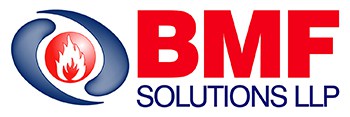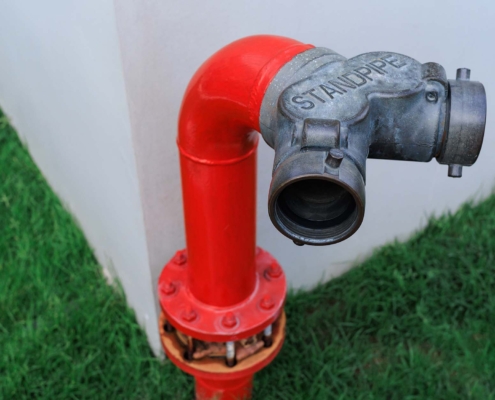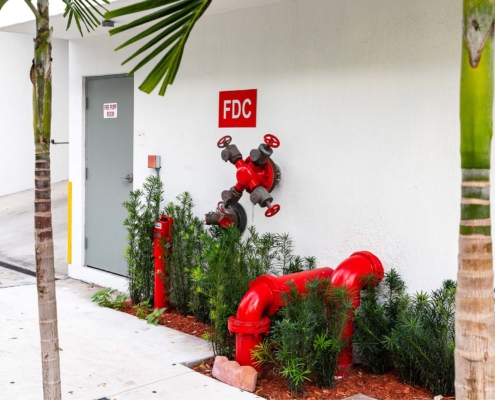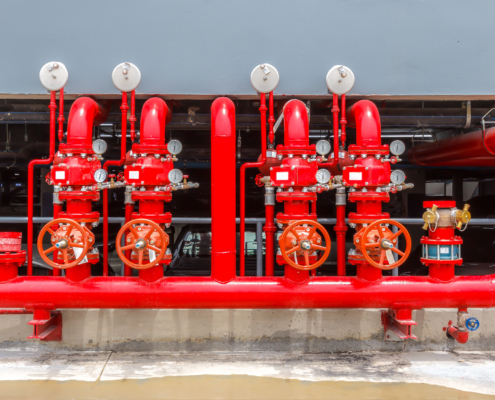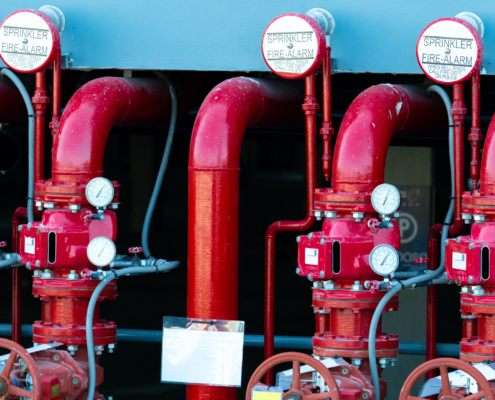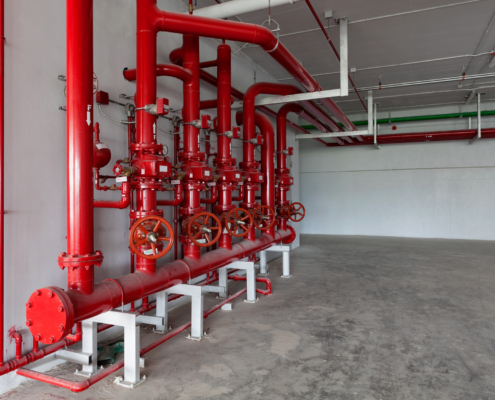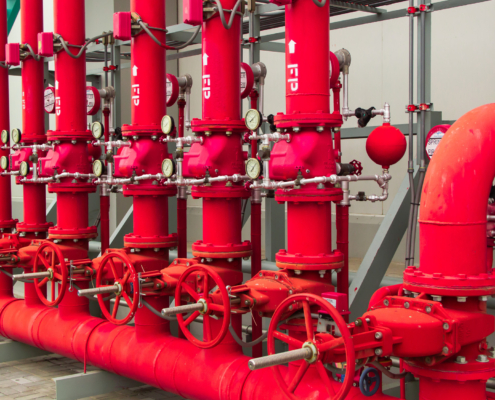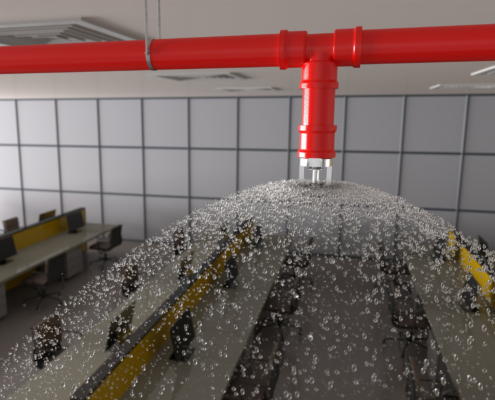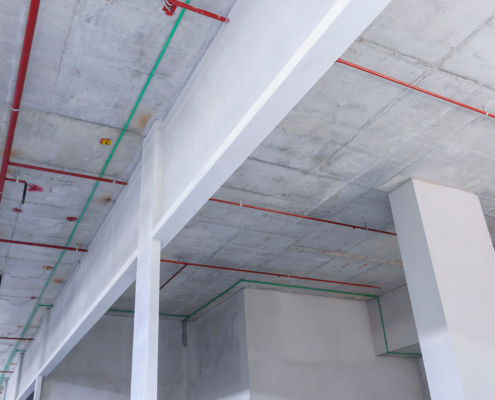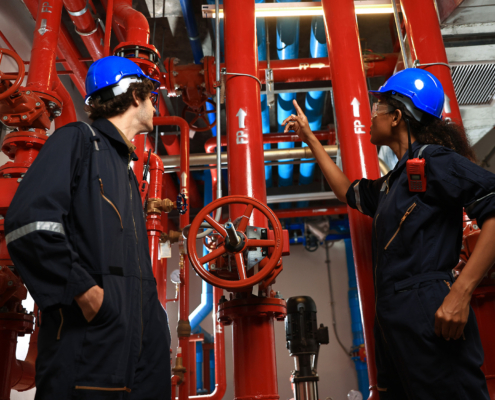Standpipes are one part of a broader life safety strategy. Modern fire protection systems include:
- Fire alarms and detectors
- Sprinkler systems
- Emergency lighting and signage
- Portable extinguishers
Integrating these systems with standpipes under unified code guidance ensures comprehensive coverage and quick emergency response.
Additionally, proper training and education for facility staff and maintenance teams can greatly improve response times and system readiness. Building occupants should also be made aware of the location and function of standpipe equipment where applicable, especially in Class II and Class III systems. Ensuring familiarity and fostering a culture of preparedness reinforces the reliability of fire protection infrastructure as a whole.
Facility owners and managers should also consider implementing digital monitoring tools and maintenance tracking software to help manage inspection schedules and ensure code adherence over time. These tools provide an efficient way to receive alerts, generate reports, and keep a centralized database of maintenance records, which can be useful during audits or emergency reviews. By combining smart technology with diligent upkeep, facilities can streamline compliance and enhance overall fire safety performance.
